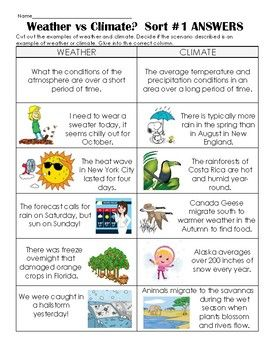Elements of weather: Wind is air in motion. Air molecules tend to move from areas of high pressure to low pressure. Theoretically, cold dense air from the Polar regions should blow towards the equator and fill the void where heat warms up the air and causes air molecules to rise and spread out . However, the spinning of the Earth exerts a force on these currents of air, making them deflect to the left in the Northern Hemisphere and to the right in the Southern Hemisphere. This is called the Coriolis Effect. Other local factors affect wind speed and direction such as the uneven heating of the Earth's surface, and the presence of mountains. Winds transport heat and coldness, moisture and dust for great distances and is has a significant influence on weather conditions. Wind speed is measured by an anemometer while wind direction is measured by a wind vane or wind sock . The Coriolis effect
Popular posts from this blog
how to record weather and climate, audio
DOCX, 343.55 KB A record sheet for children to record different aspects of the weather during the school week. Includes an example day to give the children an idea on how to fill it in. The fully editable document includes spaces for temperature, wind speed and direction, cloud cover, precipitation and other types of weather. They could measure local weather conditions or find the information from a weather forecast or a mixture of the two. I selected different children to record the weather on different days. As a follow up activity, the data can then be graphed and analysed and compared to the climate records.

Comments
Post a Comment